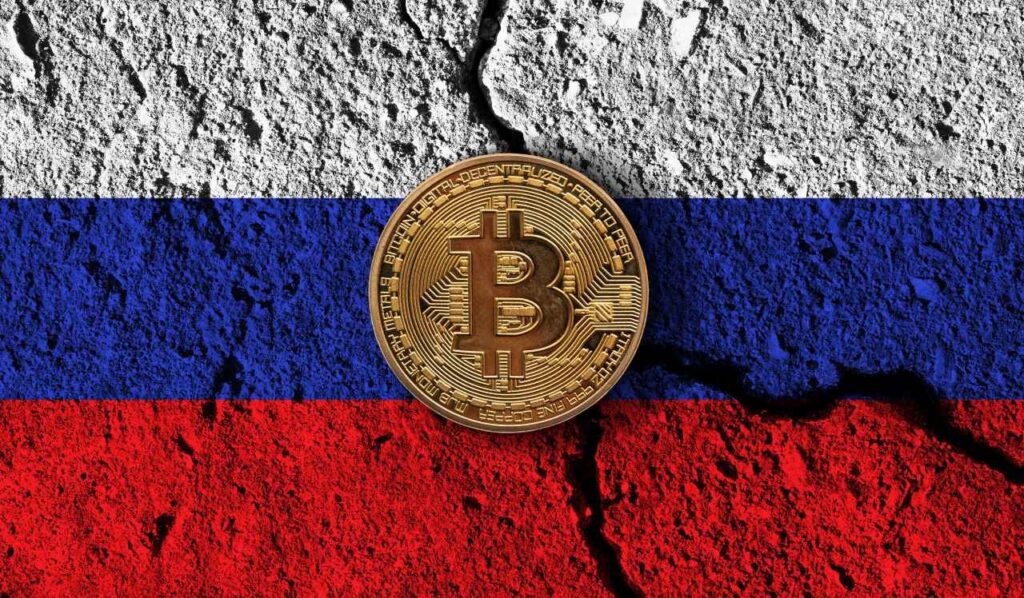Russia, home to some of the world’s largest crypto mining operations, is planning to impose new restrictions on crypto mining in key areas to reduce the impact of power shortages. With the rise of cryptocurrency mining, the country is facing growing energy demands that are causing blackouts and disrupting power supplies for other sectors. According to local media, crypto miners in Russia are projected to consume up to 16 billion kilowatt-hours of electricity annually, which accounts for around 1.5% of the nation’s total energy use. President Vladimir Putin has expressed concern over the unchecked energy consumption of these mining operations, which he warns could jeopardize other businesses, residential areas, and infrastructure projects. Let’s explore how these new restrictions could affect the crypto mining industry and the broader Russian economy.

Russia’s crypto mining boom may be fueling the future, but without energy controls, it risks leaving entire regions in the dark.

Why Crypto Mining is Causing Blackouts in Russia
Crypto mining, the process of verifying cryptocurrency transactions through complex computations, requires a vast amount of energy. In Russia, where energy prices are relatively low, mining operations have flourished, attracting miners from all over the world. However, this growth has come at a cost. Miners are consuming massive amounts of electricity, leading to blackouts and power shortages in certain regions, especially those with weaker power grids.
According to Russia’s Energy Ministry, crypto mines are projected to use around 16 billion kilowatt-hours of energy each year, which is equivalent to nearly 1.5% of the country’s total energy consumption. While this might not seem like much at first glance, it puts significant strain on the local power infrastructure, especially in regions that are not equipped to handle such high energy demand.
President Putin has acknowledged that Russia’s cheap energy prices are partly responsible for the rise in crypto mining. During an economic meeting in July, he pointed out that the growing energy usage by miners has led to disruptions in power supplies for other industries, new businesses, and even residential areas. With energy consumption continuing to rise, local authorities are now exploring ways to control the situation and prevent further blackouts.
New Restrictions on Crypto Mining
To address the issue, the Russian government is considering new legislation to limit crypto mining activities in regions that are particularly vulnerable to energy shortages. While crypto mining has not been fully legalized in Russia, recent laws give Moscow the power to impose restrictions in energy-starved areas.
The aim of these restrictions is to curb the excessive energy consumption caused by crypto mining and to ensure that other sectors, such as residential areas and new infrastructure projects, have access to the power they need. While specific details of the restrictions have yet to be finalized, it is likely that the government will focus on regions where mining has caused the most significant disruptions.
These potential restrictions highlight the broader challenge of managing crypto mining’s environmental and energy impact, not just in Russia but globally. As more countries adopt cryptocurrencies and blockchain technology, balancing the benefits of digital assets with their environmental costs becomes increasingly important. In Russia, where energy is relatively affordable, this issue has become particularly pressing as the government seeks to balance the needs of miners with the rest of the economy.
Russia’s Push for a Digital Ruble
While Russia works to address the power challenges posed by crypto mining, the government is also moving forward with its plan to launch a digital ruble. This central bank digital currency (CBDC) could potentially save the country up to $3.3 billion annually, offering a lifeline to its economy, which has been battered by international sanctions.
The digital ruble is part of Russia’s broader effort to modernize its financial system and reduce its reliance on traditional banking systems, which have been targeted by Western sanctions. By introducing a digital currency, Moscow hopes to enhance financial transparency, streamline transactions, and offer a more efficient alternative to traditional payment methods. The government is planning to roll out the digital ruble on a large scale by next summer, but its success depends on whether ordinary citizens are willing to adopt it.
There is still uncertainty surrounding how well the digital ruble will be received. Some Russians may feel reluctant to switch to a digital currency, fearing it could lead to more government control over their finances. Others might embrace the potential benefits, such as lower transaction fees and more secure payments. However, in a country already grappling with economic restrictions and sanctions, it remains to be seen whether the digital ruble will gain widespread popularity or if citizens will feel pressured into using it.
Final Thoughts: What Lies Ahead for Russia’s Crypto Industry?
Russia’s approach to crypto mining and digital currencies reflects the growing tension between the promise of new technologies and the challenges they present. On one hand, crypto mining offers economic opportunities, especially in regions with cheap energy. On the other hand, the strain it puts on energy resources is becoming a serious concern for both local governments and residents. The proposed restrictions on mining in certain regions are a clear indication that Russia is grappling with how to manage the booming industry without compromising its energy infrastructure.
At the same time, the push for a digital ruble shows that Russia is eager to embrace the future of finance while reducing its vulnerability to international sanctions. Whether or not this digital currency will succeed depends on a variety of factors, including public acceptance and the government’s ability to implement it effectively.
For now, Russia’s crypto industry faces a crossroads. The balance between encouraging technological innovation and ensuring the stability of its energy supply will be key in determining how the sector evolves. Investors and miners alike will need to stay tuned as the Russian government navigates this complex landscape.





